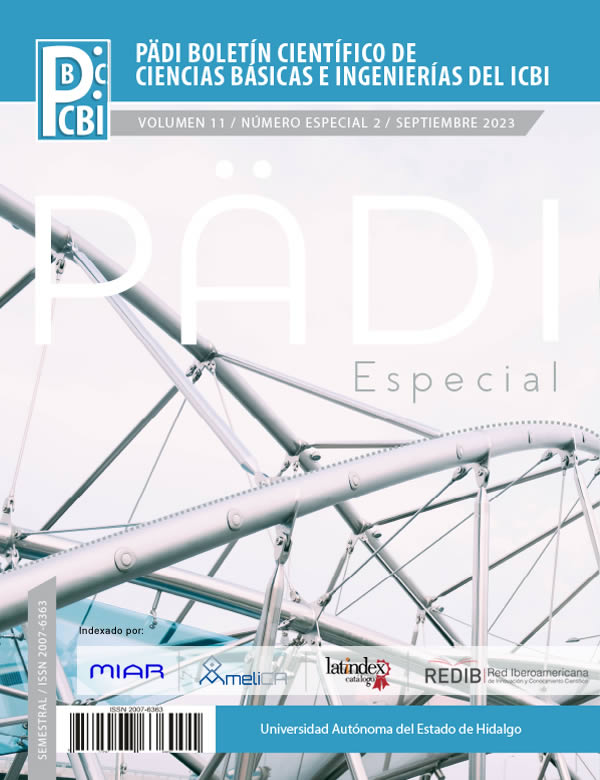Autonomous navigation and formation controller for differential mobile robots
Abstract
A decentralized controller for differential mobile robots, providing autonomous navigation and obstacle avoidance, is presented, that simultaneously may enforce a desired formation while performing trajectory tracking. The controller is based on dynamic modeling, integrating evasion forces from obstacles, formation forces, and path-following forces. The control loop thus, represents a dynamic extension of the kinematic model for the differential mobile robot, generating linear and angular velocities fed to the mobile robot’s kinematic model. Using Lyapunov theory, closed loop stability is proven for the non-collision case. Experimental results showing agreement with the theoretical results are presented for a case study.
Downloads
References
Arkin, R. C. (1998). Behavior-based robotics. MIT press.
Canudas, C. y Siciliano, B. (1997). Theory of robot control. Springer.
Ducatelle, F., Caro, G. D., Pinciroli, C., Mondada, F., y Gambardella, L. (2011). Communication assisted navigation in robotic swarms: Self-organization and cooperation. En 2011 IEEE/RSJ International Conference On Intelligent Robots And Systems, pp. 4981–4988.
Helbing, D., Buzna, L., Johansson, A., y Werner, T. (2005). Self-organized pedestrian crowd dynamics: Experiments, simulations, and design solutions. Transportation science, 39(1):1–24.
Helbing, D., Farkas, I., y Vicsek, T. (2000). Simulating dynamical features of escape panic. Nature, 407:487–490.
Merheb, A., Gazi, V., y Sezer-Uzo, N. (2016). Implementation studies of robot swarm navigation using potential functions and panel methods. IEEE/ASME Transactions On Mechatronics, 21:2556–2567.
Muller, F. D. P. (2017). Survey on ranging sensors and cooperative techniques for relative positioning of vehicles. Sensors, 17.
Park, J., Kim, H. J., y Ha, S. (2018). Cucker-smale flocking with inter-particle bonding forces. IEEE Transactions on Automatic Control., 55:2617–2623.
ROBOTIS (2018). Turtlebot3 specifications.
Sand, S., Zhang, S., Muhlegg, M., Falconi, G., Zhu, C., Kruger, T., y Nowak, S. (2013). Swarm exploration and navigation on mars. En 2013 International Conference On Localization And GNSS (ICL-GNSS), pp. 1–6.
Shaefer, D. (2013). Mems inertial sensors: A tutorial overview. IEEE Communications Magazine, 51:100–109.
Taketomi, T., Uchiyama, H., e Ikeda, S. (2017). Visual slam algorithms: a survey from 2010 to 2016. IPSJ Transactions On Computer Vision And Applications, 9(6).
Vazquez-Chavez, L. F. y Rodriguez-Angeles, A. (2018). Bio-inspired decentralized autonomous robot mobile navigation control for multi agent systems. Kibernetica, 54:135–154.
Xiang, L., Yicheng, L., y Jun, W. (2016). Flocking control and pattern motion in a modified cucker-smale model. Korean Math. Soc., 53:1–6.
Copyright (c) 2023 Alejandro Rodríguez-Angeles, Jorge Alejandro Juarez-Lora

This work is licensed under a Creative Commons Attribution-NonCommercial-NoDerivatives 4.0 International License.













